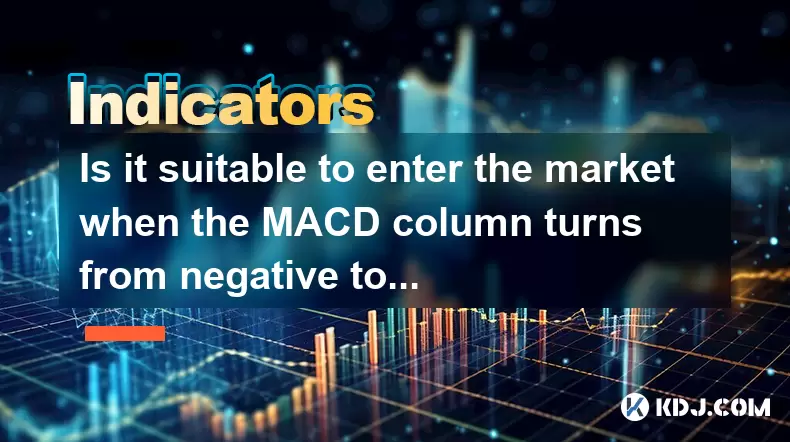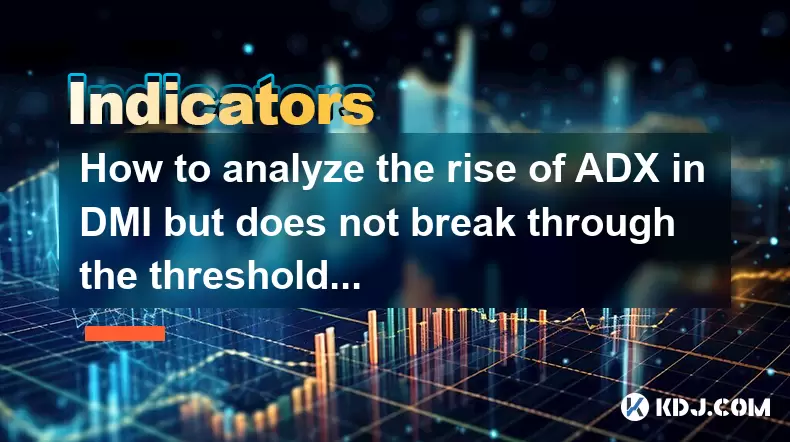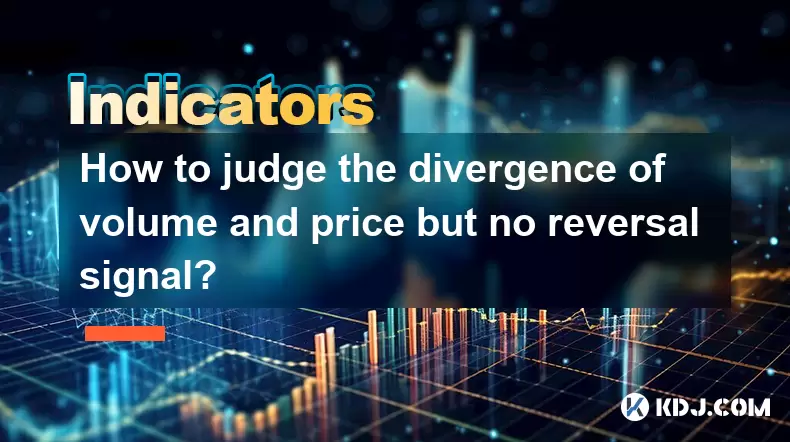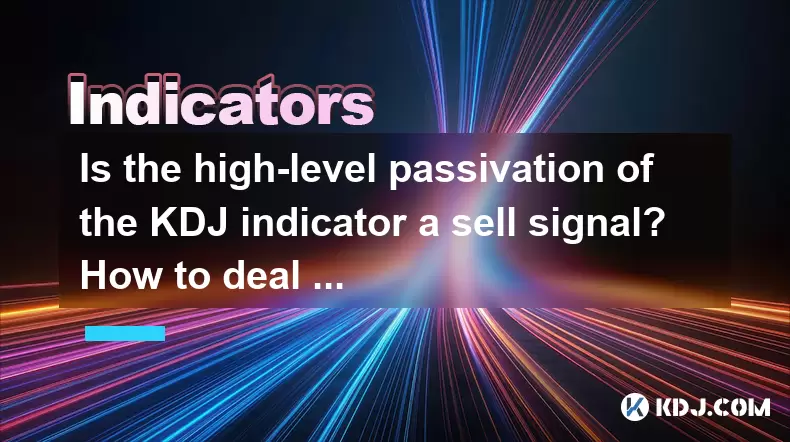-
 Bitcoin
Bitcoin $106,754.6083
1.33% -
 Ethereum
Ethereum $2,625.8249
3.80% -
 Tether USDt
Tether USDt $1.0001
-0.03% -
 XRP
XRP $2.1891
1.67% -
 BNB
BNB $654.5220
0.66% -
 Solana
Solana $156.9428
7.28% -
 USDC
USDC $0.9998
0.00% -
 Dogecoin
Dogecoin $0.1780
1.14% -
 TRON
TRON $0.2706
-0.16% -
 Cardano
Cardano $0.6470
2.77% -
 Hyperliquid
Hyperliquid $44.6467
10.24% -
 Sui
Sui $3.1128
3.86% -
 Bitcoin Cash
Bitcoin Cash $455.7646
3.00% -
 Chainlink
Chainlink $13.6858
4.08% -
 UNUS SED LEO
UNUS SED LEO $9.2682
0.21% -
 Avalanche
Avalanche $19.7433
3.79% -
 Stellar
Stellar $0.2616
1.64% -
 Toncoin
Toncoin $3.0222
2.19% -
 Shiba Inu
Shiba Inu $0.0...01220
1.49% -
 Hedera
Hedera $0.1580
2.75% -
 Litecoin
Litecoin $87.4964
2.29% -
 Polkadot
Polkadot $3.8958
3.05% -
 Ethena USDe
Ethena USDe $1.0000
-0.04% -
 Monero
Monero $317.2263
0.26% -
 Bitget Token
Bitget Token $4.5985
1.68% -
 Dai
Dai $0.9999
0.00% -
 Pepe
Pepe $0.0...01140
2.44% -
 Uniswap
Uniswap $7.6065
5.29% -
 Pi
Pi $0.6042
-2.00% -
 Aave
Aave $289.6343
6.02%
Is it suitable to enter the market when the MACD column turns from negative to positive?
The MACD turning positive suggests bullish momentum, but traders should confirm with other indicators like RSI or volume before entering a trade.
Jun 16, 2025 at 06:07 pm

Understanding the MACD Indicator
The Moving Average Convergence Divergence (MACD) is a widely used technical analysis tool in cryptocurrency trading. It consists of three main components: the MACD line, the signal line, and the MACD histogram (often referred to as the MACD column). The MACD line is calculated by subtracting the 26-period Exponential Moving Average (EMA) from the 12-period EMA. The signal line is typically a 9-period EMA of the MACD line. The histogram represents the difference between the MACD line and the signal line.
When the MACD column turns from negative to positive, it indicates that the MACD line has crossed above the signal line, suggesting a shift in momentum from bearish to bullish. This crossover can be interpreted as a potential buy signal by traders. However, it's important to understand that this indicator alone should not be the sole basis for entering a trade.
How the MACD Crossover Works in Crypto Trading
In the context of cryptocurrency markets, where volatility is high and trends can reverse quickly, the MACD turning from negative to positive often draws attention from traders looking for entry points. When the histogram flips from red (negative) to green (positive), it signals that short-term momentum is overtaking long-term momentum, potentially indicating an uptrend.
This moment is frequently watched closely on charts, especially during consolidation or pullback phases. Traders may interpret this shift as a sign that buyers are gaining control and that the asset might begin to rise in value. However, due to the fast-moving nature of crypto assets, this signal can sometimes result in false positives, particularly in sideways or choppy markets.
- Monitor price action alongside the MACD.
- Use other indicators like RSI or volume to confirm the trend.
- Watch for divergence between price and MACD.
Why Timing Matters in Cryptocurrency Entry Points
Cryptocurrency markets operate 24/7 and are highly sensitive to news, regulatory changes, and macroeconomic factors. Entering at the right time when the MACD turns positive can offer favorable risk-reward scenarios. However, timing isn't just about seeing the histogram flip; it's also about context.
For instance, if the MACD turns positive after a prolonged downtrend, it could indicate a reversal. But if it happens during a strong uptrend, it might only be a continuation signal. Entering too early without confirmation can lead to losses, especially if the market is prone to sudden reversals.
- Check for key support levels aligning with the MACD crossover.
- Evaluate recent news or events affecting the asset.
- Observe higher timeframes (e.g., 4-hour or daily charts) for stronger signals.
Combining MACD with Other Indicators for Better Accuracy
Relying solely on the MACD turning from negative to positive can lead to premature entries or missed opportunities. Combining it with other tools such as the Relative Strength Index (RSI), Bollinger Bands, or volume indicators can help filter out noise and improve decision-making.
For example, if the MACD turns positive while the RSI is rising from oversold territory (below 30), this combination strengthens the bullish case. Similarly, a surge in volume during the MACD crossover suggests that more traders are participating in the move, increasing its reliability.
- Look for RSI confirming the strength of the move.
- Check Bollinger Band contractions or expansions for volatility clues.
- Analyze candlestick patterns near the crossover point.
Practical Steps to Enter Based on MACD Signal
If you decide to use the MACD turning from negative to positive as part of your entry strategy, follow these practical steps to enhance your chances of success:
- Identify the MACD crossover on your preferred chart timeframe.
- Confirm with at least one additional indicator or price pattern.
- Set a stop-loss below the recent swing low to manage risk.
- Consider using a limit order slightly above the crossover point to avoid slippage.
- Track how the price reacts after entry and adjust accordingly.
It’s also crucial to backtest your strategy across different market conditions before applying it live. Many trading platforms allow you to simulate trades based on historical data, which can give you insight into how effective the MACD-based entry strategy is under various scenarios.
Frequently Asked Questions
Q: Can the MACD histogram turning positive always be trusted in crypto trading?
A: No, the MACD histogram flipping from negative to positive can produce false signals, especially in ranging or consolidating markets. It should be used alongside other forms of confirmation.
Q: How long does the positive phase of the MACD typically last?
A: There is no fixed duration. In some cases, the MACD remains positive for extended uptrends, while in others, it may turn negative again within hours, depending on the strength of the trend and external factors.
Q: Is it better to enter immediately when the MACD turns positive or wait for confirmation?
A: Waiting for confirmation through price action or volume increases the likelihood of entering at a more reliable point. Jumping in too quickly can expose you to whipsaws and fakeouts.
Q: Does the effectiveness of the MACD vary between different cryptocurrencies?
A: Yes, the MACD performs differently across various crypto assets depending on their volatility, liquidity, and market sentiment. It tends to be more reliable in major coins like Bitcoin and Ethereum than in smaller altcoins.
Disclaimer:info@kdj.com
The information provided is not trading advice. kdj.com does not assume any responsibility for any investments made based on the information provided in this article. Cryptocurrencies are highly volatile and it is highly recommended that you invest with caution after thorough research!
If you believe that the content used on this website infringes your copyright, please contact us immediately (info@kdj.com) and we will delete it promptly.
- 2025-W Uncirculated American Gold Eagle and Dr. Vera Rubin Quarter Mark New Products
- 2025-06-13 06:25:13
- Ruvi AI (RVU) Leverages Blockchain and Artificial Intelligence to Disrupt Marketing, Entertainment, and Finance
- 2025-06-13 07:05:12
- H100 Group AB Raises 101 Million SEK (Approximately $10.6 Million) to Bolster Bitcoin Reserves
- 2025-06-13 06:25:13
- Galaxy Digital CEO Mike Novogratz Says Bitcoin Will Replace Gold and Go to $1,000,000
- 2025-06-13 06:45:13
- Trust Wallet Token (TWT) Price Drops 5.7% as RWA Integration Plans Ignite Excitement
- 2025-06-13 06:45:13
- Ethereum (ETH) Is in the Second Phase of a Three-Stage Market Cycle
- 2025-06-13 07:25:13
Related knowledge

How to confirm the effectiveness of the average price line support in the time-sharing chart?
Jun 17,2025 at 12:56am
Understanding the Time-Sharing Chart and Its RelevanceIn cryptocurrency trading, time-sharing charts play a crucial role in analyzing short-term price movements. These charts typically display price fluctuations over a specific period, often ranging from minutes to hours. Traders rely on them to make quick decisions based on real-time data. The average ...

What does it mean when the momentum indicator breaks above the zero axis?
Jun 17,2025 at 12:43am
Understanding the Momentum IndicatorThe momentum indicator is a technical analysis tool used to measure the speed or velocity of price movements in cryptocurrency markets. It helps traders identify potential trend reversals, overbought or oversold conditions, and confirms existing trends. The indicator typically oscillates around a zero line, with value...

How to analyze the rise of ADX in DMI but does not break through the threshold?
Jun 16,2025 at 11:49pm
Understanding ADX and DMI in Cryptocurrency TradingIn cryptocurrency trading, ADX (Average Directional Index) is a technical indicator used to measure the strength of a trend. It works in conjunction with the DMI (Directional Movement Indicator), which includes two components: +DI (Positive Directional Indicator) and -DI (Negative Directional Indicator)...

How to judge the divergence of volume and price but no reversal signal?
Jun 17,2025 at 12:28am
Understanding Volume and Price DivergenceIn the world of cryptocurrency trading, volume and price are two key indicators that traders monitor closely. Divergence occurs when these two metrics move in opposite directions. For example, if the price of a cryptocurrency is rising but its volume is declining, this could signal weakening momentum. However, it...

Is the high-level passivation of the KDJ indicator a sell signal? How to deal with it?
Jun 17,2025 at 12:49am
Understanding the KDJ Indicator in Cryptocurrency TradingThe KDJ indicator, also known as the stochastic oscillator, is a momentum-based technical analysis tool widely used in cryptocurrency trading. It consists of three lines: the %K line, the %D line, and the %J line. These lines help traders assess overbought or oversold conditions, potential trend r...

How to identify the pressure intensity when the upper shadow line tests the previous high?
Jun 17,2025 at 12:09am
Understanding the Upper Shadow Line in Candlestick ChartsIn cryptocurrency trading, candlestick patterns are essential tools for analyzing market sentiment. One such pattern is the appearance of an upper shadow line, which often appears when a candle closes lower than its highest point during a specific period. This upper wick or shadow indicates that w...

How to confirm the effectiveness of the average price line support in the time-sharing chart?
Jun 17,2025 at 12:56am
Understanding the Time-Sharing Chart and Its RelevanceIn cryptocurrency trading, time-sharing charts play a crucial role in analyzing short-term price movements. These charts typically display price fluctuations over a specific period, often ranging from minutes to hours. Traders rely on them to make quick decisions based on real-time data. The average ...

What does it mean when the momentum indicator breaks above the zero axis?
Jun 17,2025 at 12:43am
Understanding the Momentum IndicatorThe momentum indicator is a technical analysis tool used to measure the speed or velocity of price movements in cryptocurrency markets. It helps traders identify potential trend reversals, overbought or oversold conditions, and confirms existing trends. The indicator typically oscillates around a zero line, with value...

How to analyze the rise of ADX in DMI but does not break through the threshold?
Jun 16,2025 at 11:49pm
Understanding ADX and DMI in Cryptocurrency TradingIn cryptocurrency trading, ADX (Average Directional Index) is a technical indicator used to measure the strength of a trend. It works in conjunction with the DMI (Directional Movement Indicator), which includes two components: +DI (Positive Directional Indicator) and -DI (Negative Directional Indicator)...

How to judge the divergence of volume and price but no reversal signal?
Jun 17,2025 at 12:28am
Understanding Volume and Price DivergenceIn the world of cryptocurrency trading, volume and price are two key indicators that traders monitor closely. Divergence occurs when these two metrics move in opposite directions. For example, if the price of a cryptocurrency is rising but its volume is declining, this could signal weakening momentum. However, it...

Is the high-level passivation of the KDJ indicator a sell signal? How to deal with it?
Jun 17,2025 at 12:49am
Understanding the KDJ Indicator in Cryptocurrency TradingThe KDJ indicator, also known as the stochastic oscillator, is a momentum-based technical analysis tool widely used in cryptocurrency trading. It consists of three lines: the %K line, the %D line, and the %J line. These lines help traders assess overbought or oversold conditions, potential trend r...

How to identify the pressure intensity when the upper shadow line tests the previous high?
Jun 17,2025 at 12:09am
Understanding the Upper Shadow Line in Candlestick ChartsIn cryptocurrency trading, candlestick patterns are essential tools for analyzing market sentiment. One such pattern is the appearance of an upper shadow line, which often appears when a candle closes lower than its highest point during a specific period. This upper wick or shadow indicates that w...
See all articles

























































































